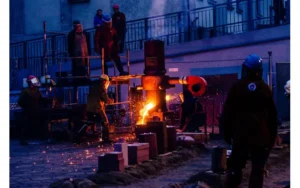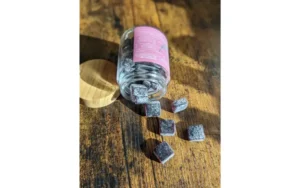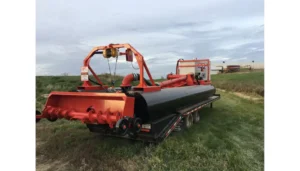Butterfly Valves Manufacturer Are Revolutionizing the Oil and Gas Industry
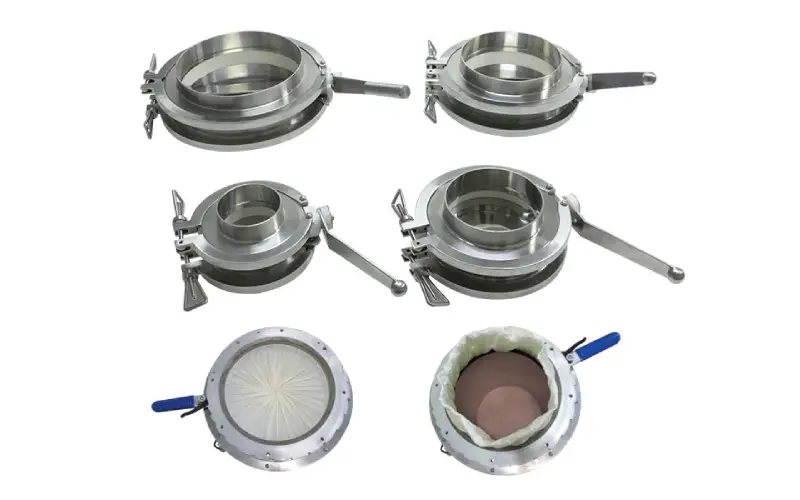
In the oil and gas industry, where safety, efficiency, and reliability are paramount, butterfly valves play an essential role in regulating the flow of liquids and gases within pipelines. These valves are critical in a wide range of applications, from upstream exploration to downstream refining processes. As the industry continues to evolve, so too do the technologies that support it. Butterfly valve manufacturers have been at the forefront of this evolution, providing innovative solutions that address the unique challenges faced by the oil and gas sector. These valves offer numerous advantages, including their simple design, ease of operation, and ability to handle large volumes of fluids with minimal maintenance. This evolution is not just about improving performance but also about shaping the future of the industry. By incorporating advanced materials, enhancing operational efficiency, and meeting the stringent safety requirements of the sector, butterfly valve manufacturers are revolutionizing the oil and gas infrastructure in ways that were once thought impossible.
Butterfly Valves Manufacturer Are Enhancing Oil And Gas Infrastructure
Butterfly valves manufacturers are making a significant impact on oil and gas infrastructure by providing products that cater to the demanding needs of this industry. The design and versatility of butterfly valves allow for easy integration into pipeline systems, refineries, and offshore platforms, which are integral to oil and gas operations. These valves are particularly effective in large pipelines due to their compact structure and ability to control the flow of high-pressure fluids with ease. Manufacturers are increasingly focused on producing valves that can withstand the harsh environments associated with oil and gas production, including extreme temperatures, corrosive substances, and high-pressure conditions. As part of the broader infrastructure development, manufacturers are also ensuring that their butterfly valves meet international standards for safety and quality, allowing for smooth integration across different stages of the oil and gas supply chain. Additionally, they are working on custom solutions tailored to specific needs, whether that involves controlling the flow of crude oil, natural gas, or other petrochemicals. This adaptability is helping to modernize oil and gas infrastructure and ensure that operations remain efficient and reliable, reducing downtime and enhancing overall productivity.
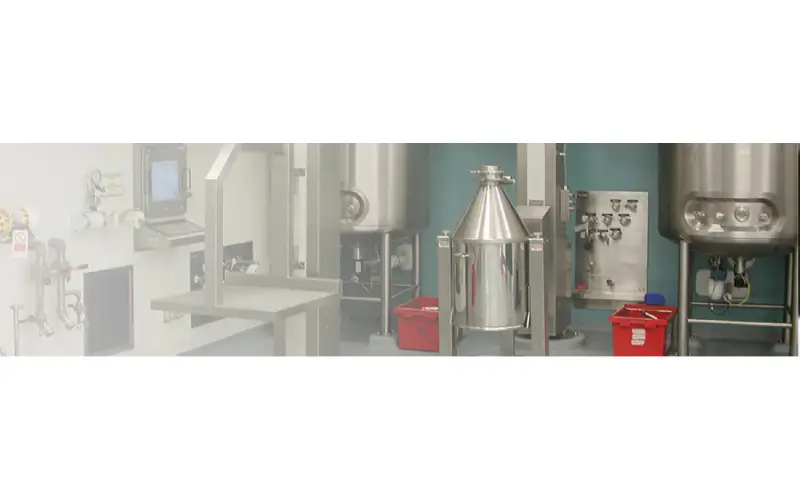
Role Of Butterfly Valves Manufacturer In Improving Operational Efficiency
Operational efficiency is a critical focus for the oil and gas industry, where downtime and inefficiencies can result in significant financial losses. Butterfly valve manufacturers have developed products that directly contribute to improving operational performance by reducing energy consumption, enhancing control over fluid flow, and minimizing the risk of leaks. The lightweight design of butterfly valves allows for faster installation and maintenance, reducing labor costs and time spent on system repairs. Their ability to open and close quickly also enables better control over flow rates, which is crucial in maintaining optimal pressure levels throughout the pipeline system. With advanced technologies like automated valve actuators, manufacturers are making it easier for operators to manage valves remotely, further reducing the need for manual intervention. This automation is not only improving the efficiency of day-to-day operations but is also supporting the transition toward more sophisticated, digital oil and gas systems. Through these advancements, butterfly valve manufacturers are playing a vital role in streamlining operations, enabling companies to boost productivity while lowering operational costs.
Butterfly Valves Manufacturer Innovations Shaping Safety Standards In Oil And Gas
Safety is a critical concern in the oil and gas industry, where the risks associated with leaks, explosions, and environmental hazards are significant. Butterfly valve manufacturers have responded to these concerns by incorporating innovative technologies that enhance the safety of their products. One of the most significant advancements is the development of valves with fail-safe mechanisms that automatically close in the event of a system failure, preventing dangerous leaks and spills. Additionally, the materials used in the construction of butterfly valves have been improved to resist corrosion, wear, and tear, ensuring that valves maintain their integrity even in the most aggressive environments. Manufacturers are also focusing on developing valves that can withstand extreme pressures and temperatures, which are commonly encountered in deepwater drilling operations and high-pressure gas transmission pipelines. Furthermore, many manufacturers are incorporating smart technologies, such as pressure sensors and diagnostic tools, into their valves, allowing for real-time monitoring and early detection of potential issues before they escalate into dangerous situations. These innovations are not only increasing the safety of the oil and gas industry but are also helping companies comply with ever-stricter regulatory standards that govern the industry.
Butterfly Valves Manufacturer Contribute To Cost-Effective Solutions In The Industry
Cost-efficiency is a driving force behind many of the advancements in the oil and gas industry, and butterfly valve manufacturers have been integral in helping companies reduce operational costs. One of the most significant ways in which manufacturers are achieving this is by providing durable, long-lasting products that require less frequent maintenance and replacement. Unlike other valve types that may need regular servicing or may wear out more quickly, butterfly valves are designed to endure in tough conditions with minimal maintenance requirements, resulting in lower operational costs over time. Furthermore, the simplicity and efficiency of the valve design reduce energy consumption, allowing companies to save on both operational and energy costs. The lightweight nature of butterfly valves also reduces shipping and handling costs, making them a more cost-effective option for global supply chains. Manufacturers are also working on producing valves that are easier to install and service, which lowers labor costs and minimizes downtime during repairs or replacements. These cost-saving measures, coupled with the improved reliability and performance of butterfly valves, are helping oil and gas companies to operate more economically without sacrificing quality or safety.
Advancements In Materials By Butterfly Valves Manufacturer For Harsh Environments
The oil and gas industry operates in some of the most challenging environments on Earth, from offshore platforms in the ocean to remote land-based locations exposed to extreme weather conditions. Butterfly valve manufacturers have risen to this challenge by innovating with advanced materials that ensure their products can withstand the harshest operating conditions. For example, manufacturers are utilizing corrosion-resistant alloys, such as stainless steel and various composite materials, that are designed to resist the chemical and physical wear that can occur in high-stress environments like offshore drilling rigs or deep-water pipelines. Additionally, they are developing valves with high-temperature-resistant coatings and seals that ensure long-term performance in systems that deal with extreme temperatures, such as those involved in natural gas processing. The use of specialized elastomers and gaskets also helps improve the sealing integrity of butterfly valves, preventing leaks and improving the efficiency of fluid control systems. These advancements in material science are directly impacting the longevity and reliability of butterfly valves, ensuring that they continue to perform in even the most demanding oil and gas applications.
Impact Of Butterfly Valves Manufacturer On Reducing Maintenance Costs
Maintenance costs are a significant part of the operational expenses in the oil and gas sector, and butterfly valve manufacturers are helping to reduce these costs by creating valves that require less frequent servicing and longer intervals between repairs. The simple design of butterfly valves, which have fewer moving parts compared to other valve types, means there are fewer components that can fail, reducing the likelihood of malfunction and minimizing maintenance requirements. Additionally, many modern butterfly valves are designed with easily replaceable parts, allowing for quick and cost-effective repairs when necessary. The materials used in these valves are also a major factor in reducing maintenance costs, as they are more resistant to wear and corrosion, ensuring that valves last longer without the need for frequent replacements. Furthermore, manufacturers are developing automated systems that can remotely monitor the condition of valves, allowing operators to identify and address potential maintenance issues before they become serious problems. This proactive approach to valve maintenance is helping oil and gas companies avoid costly emergency repairs and unplanned downtime, ultimately improving the bottom line.
Future Trends For Butterfly Valves Manufacturers In The Oil And Gas Sector
The future of butterfly valve manufacturing in the oil and gas industry is bright, as manufacturers continue to innovate and adapt to the changing demands of the sector. One of the most significant trends is the increasing integration of smart technologies, which will allow for more precise control and monitoring of fluid flow within pipeline systems. These smart valves will be equipped with sensors that provide real-time data on pressure, temperature, and flow rate, enabling operators to make more informed decisions and optimize the efficiency of their operations. Another important trend is the ongoing development of more environmentally friendly valve materials and designs. With the growing emphasis on sustainability, butterfly valve manufacturers are exploring new materials that reduce environmental impact while maintaining the high performance and durability required for oil and gas applications. Additionally, as the industry moves toward more remote and automated operations, butterfly valve manufacturers will continue to improve their products to ensure they are compatible with digital control systems and remote monitoring technologies. This will allow for even greater efficiency, safety, and cost-effectiveness in oil and gas operations.
Conclusion
Butterfly valve manufacturers are playing a crucial role in revolutionizing the oil and gas industry, enhancing infrastructure, improving operational efficiency, and contributing to cost-effective, safe, and sustainable solutions. Through innovations in design, materials, and smart technology, these manufacturers are addressing the unique challenges posed by the sector’s demanding environments and helping companies meet their operational goals. As the industry continues to evolve, the role of butterfly valve manufacturers will only grow more critical, shaping the future of oil and gas infrastructure and ensuring that operations remain efficient, safe, and sustainable.

Jon Burton, a dedicated advocate for education reform, navigates the landscape of learning with passion and purpose. With a profound belief in the transformative power of education, Jon explores innovative approaches to teaching and learning, seeking to inspire and empower students of all ages. Through his writings, he shares insights into educational theory, curriculum development, and classroom practice, aiming to foster a culture of lifelong learning and intellectual curiosity.


